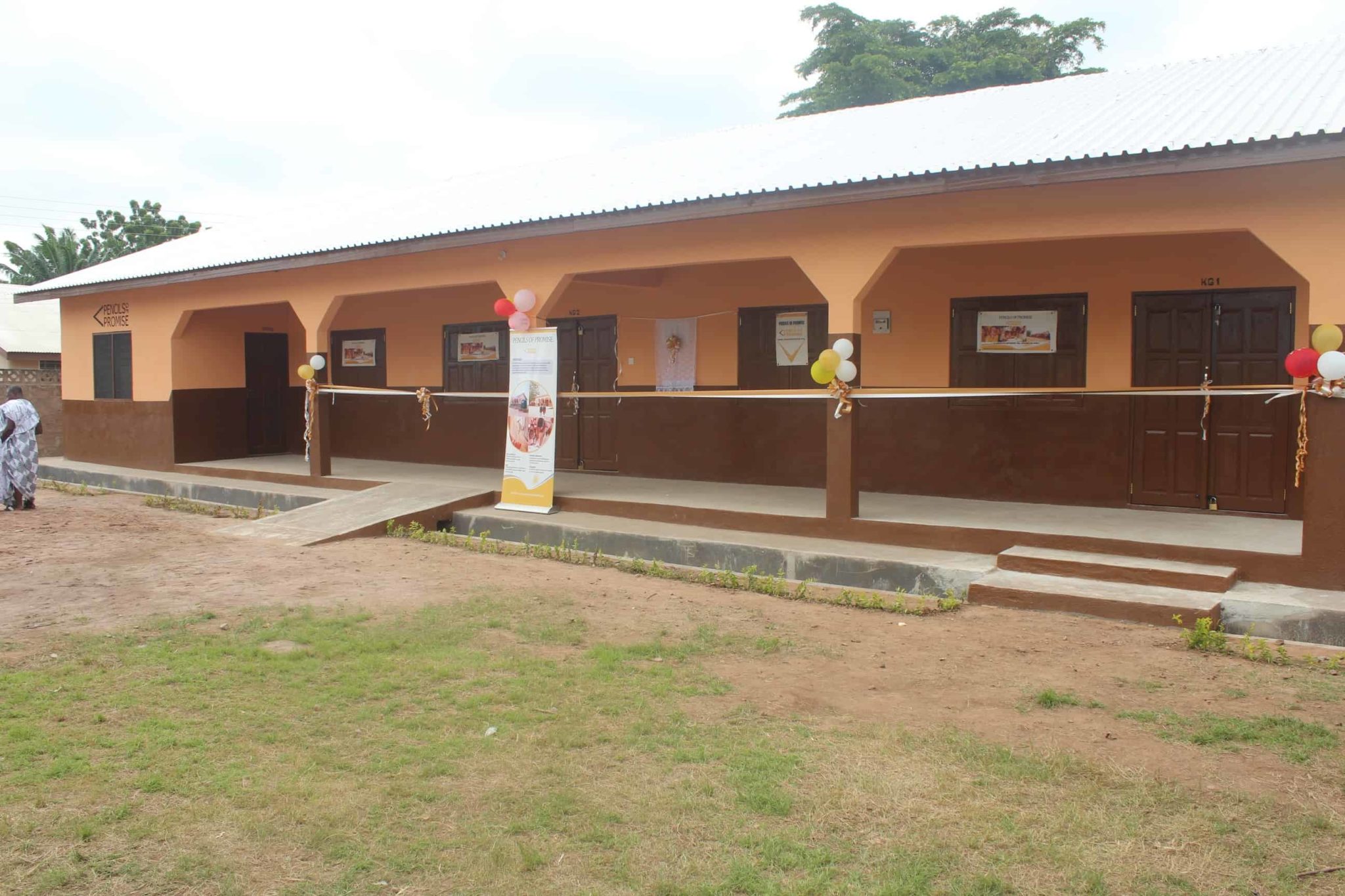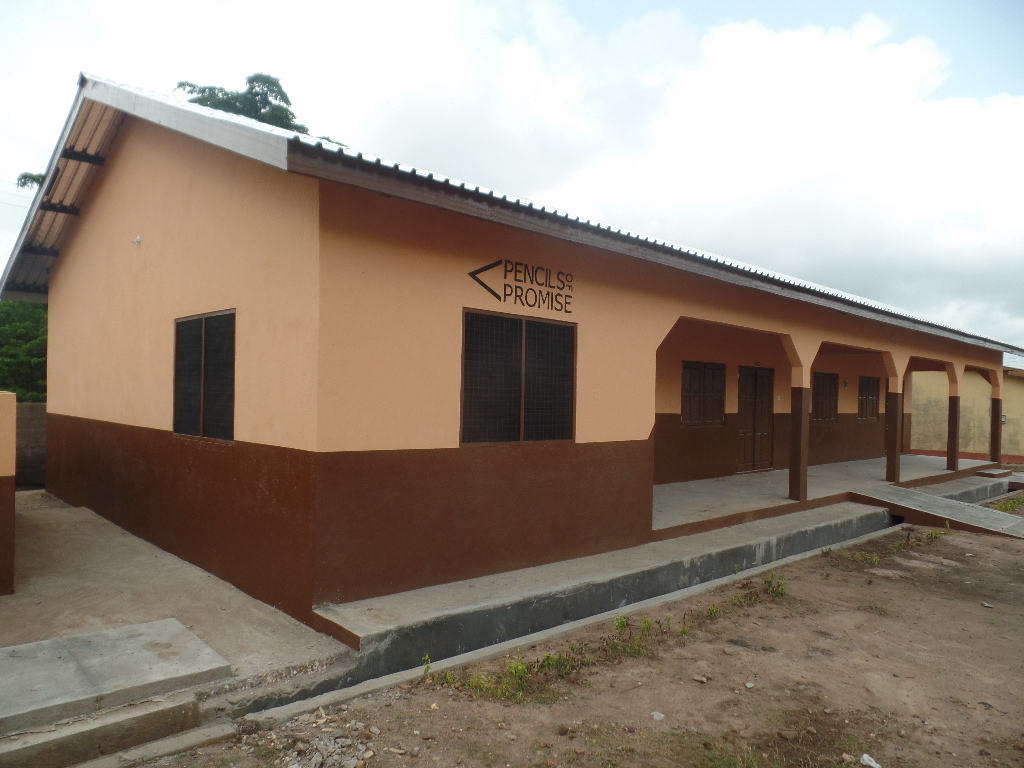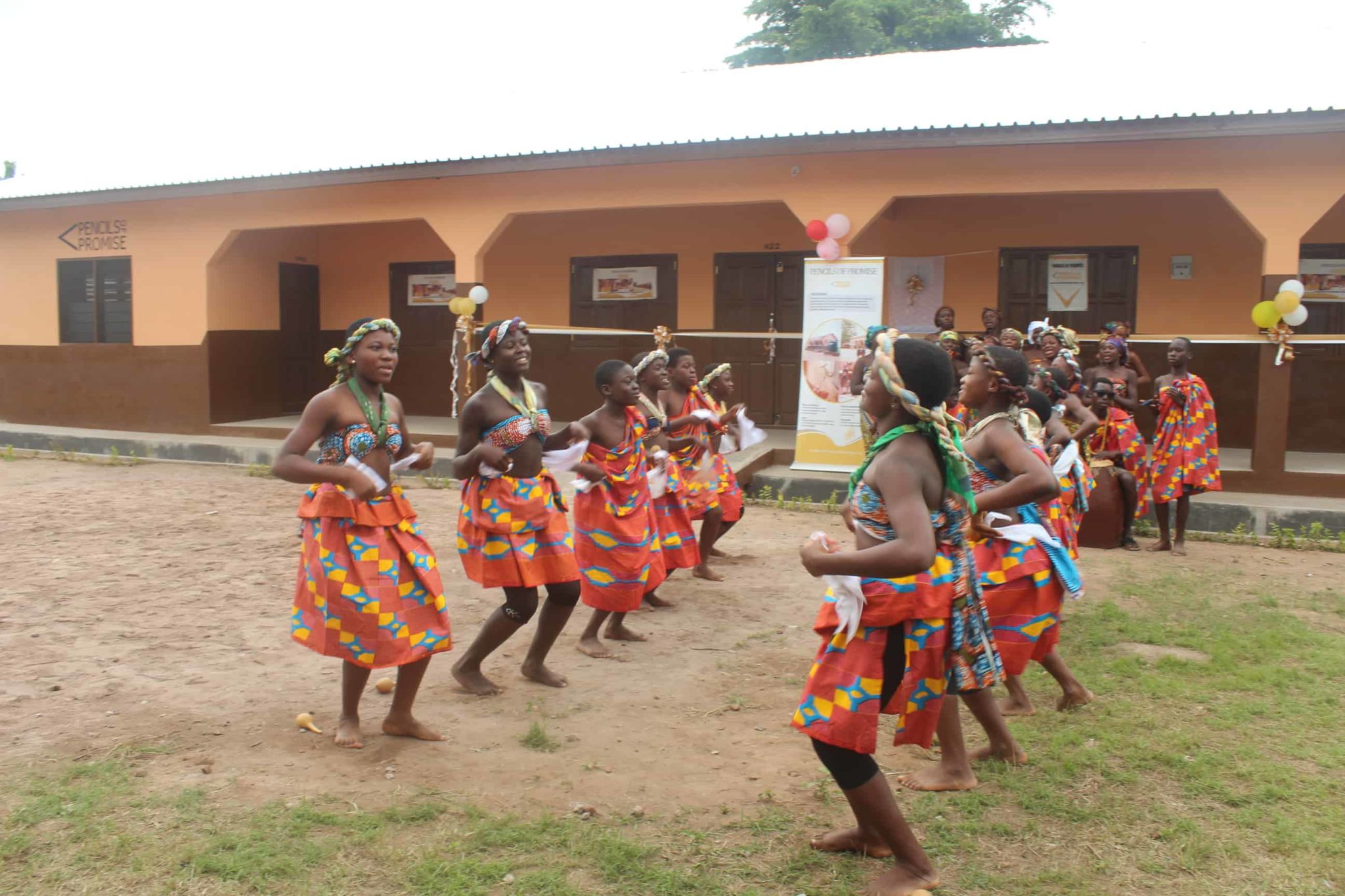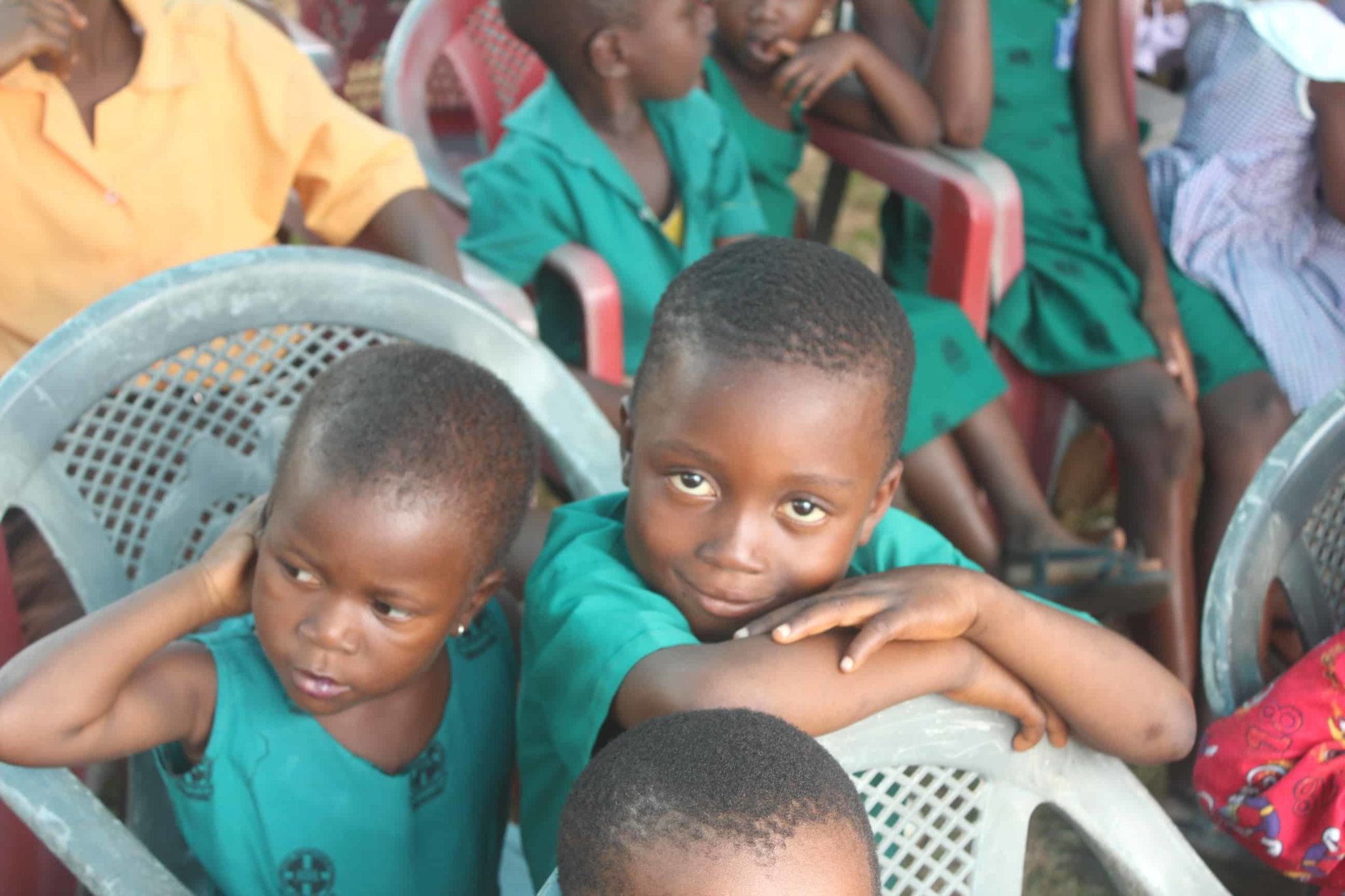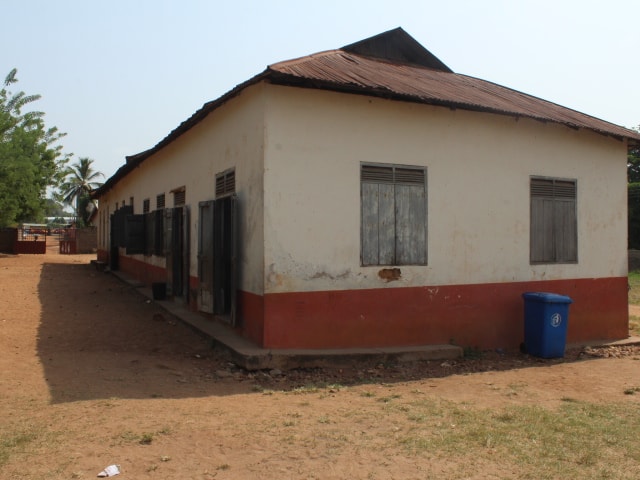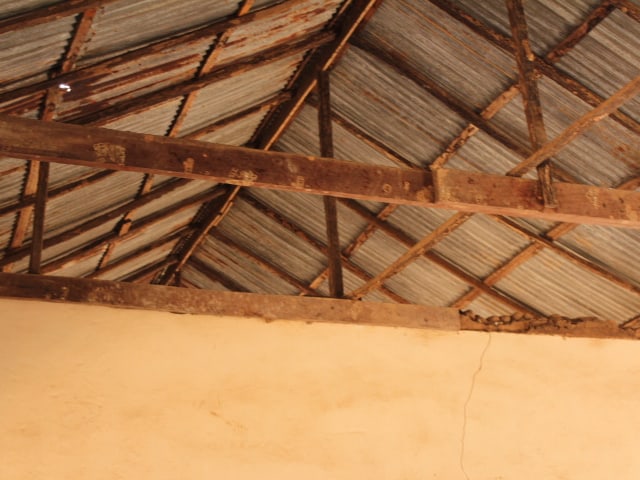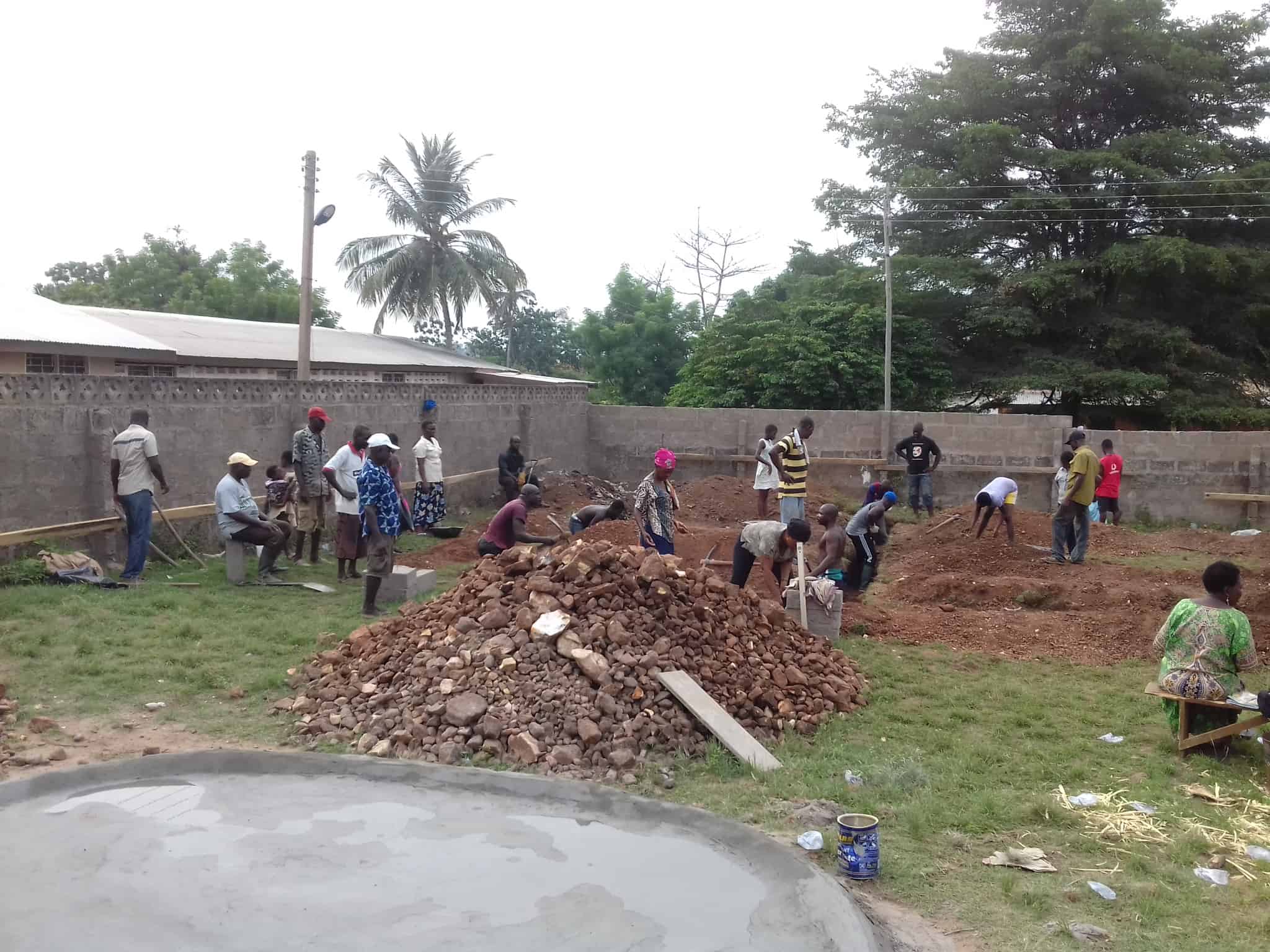You’re Making a Difference Here
GHANA
Ghana was, until very recently, one of the poorest countries in the world. Over the past few years, the nation has experienced unprecedented growth and development (IFAD report; African Development Bank). Although the lives of Ghanaians have improved greatly, the country still faces many challenges, especially in the education sector.
In Ghana, 18% of primary school age children are not enrolled in school and of those who are in school, 28% will drop out before completing primary school (UNESCO, 2012). Additionally, over 28% of the Ghanaian population is illiterate and out of all the current primary school classrooms, the government estimates that almost a quarter need repairs (World Bank, 2014; USAID, 2009).
PoP works with 122 communities in Ghana to ensure that students overcome these and other barriers to accessing a quality education. To date, PoP has impacted over 24,000 students in Ghana.
VOLTA REGION
The Volta Region is located in southeastern Ghana, to the west of the Republic of Togo and just east of Lake Volta. In many of our partner communities in the region, PoP couples school builds with literacy programming in order to create sustainable change.
To date, we’ve built 125 schools in the Volta Region and have also provided our teacher training and educational programming to many PoP schools in the region.
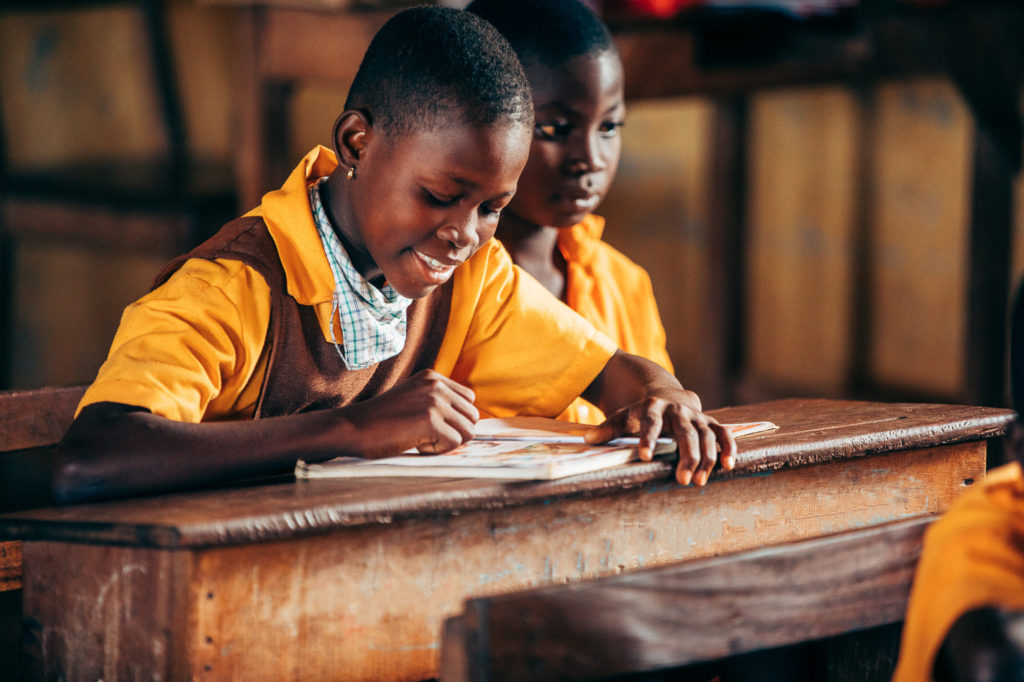
Before a PoP School Build
Previously, the primary school students this community were taught in a dilapidated, mud structure. The building showed severe signs of decay evidenced by cracks on its walls, extremely weathered wooden windows, posts and doors, and rust on the corrugated metal roof. These conditions posed a hazard to student safety and wellbeing, as well as engagement and learning.
Your Impact with a New PoP School
Through your support, PoP was able to partner with the community to build a two-classroom school. The build broke ground in the beginning of March and progressing very smoothly, thanks in large part to the involvement and dedication of the community members, who contributed to the labor and materials required for construction. Construction completed in July 2017, and the inauguration ceremony followed shortly thereafter. The community is enthusiastic knowing that their students now have access to a higher quality learning environment.
